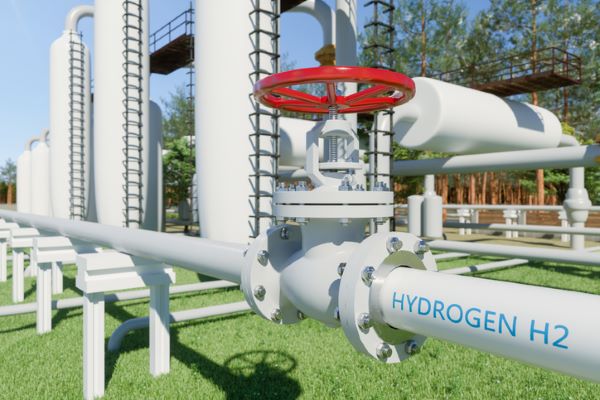This comprehensive, video-based course provides participants with an overview of the ASME B31.12 Code as it relates to the design and construction of safe and economical hydrogen piping and pipeline systems. It goes over the organization, structure, and scope of the code’s main sections as well as discussing the main characteristics of hydrogen that affect the design of piping and pipeline systems for hydrogen service.
Participants will review listed and unlisted materials and their compatibility with hydrogen service, welding, examination and testing, piping joints, design, flexibility and support, operation, maintenance, and safety as they pertain to Hydrogen Industrial Piping.
Components, stress and flexibility, design, testing and pressure control, and other considerations for Hydrogen Pipeline Systems will be discussed in depth. Participants will also gain knowledge of other hydrogen service points covered in ASME B31.12, such as operation and maintenance requirements for piping and pipeline systems.
This course includes assessment tests intended to reinforce and consolidate the information covered in each lesson, as well as some practical exercises designed for participants to implement knowledge acquired throughout the course.
By participating in this course, you will learn how to successfully:
- Examine how the ASME B31.12 Code is organized and its relationship with other codes and standards.
- Compare some key hydrogen properties affecting piping and pipelines systems.
- Evaluate general requirements of those systems, such as materials, brazing, welding, heat treating, forming, testing, inspection, examination, operating, and maintenance.
- Differentiate the requirements for piping systems for gaseous or liquid hydrogen service, covering components, design, fabrication, assembly, erection, inspection, examination, and testing.
- Identify and assess the requirements for pipeline systems for gaseous hydrogen service, including components, design, installation, and testing.
- Design and calculate optimal diameter and pipe wall thickness, considering factors such as internal and external pressure, temperature, and corrosion allowances, using both prescriptive and performance-based design in the case of pipeline systems.
- Examine and evaluate best suited materials for hydrogen piping and pipeline systems.
Who should attend?
This course is designed for graduates (or soon to be), designers, freelancers, technicians, and engineers involved in calculation, design, selection, manufacturing, safety, quality, and maintenance of hydrogen piping and pipeline systems. Previous knowledge of this subject is not required.
For a shorter, high-level overview of B31.12, check out our introductory level course: ASME B31.12 Hydrogen Piping and Pipelines.
Course Materials (included in purchase of course)
- Digital course notes via ASME’s Learning Hub
- Summary videos of each lesson
- Downloadable resources
- Conceptual questions to help with concept assimilation
- Case Studies
A Certificate of Completion will be issued to registrants who successfully complete this course.





